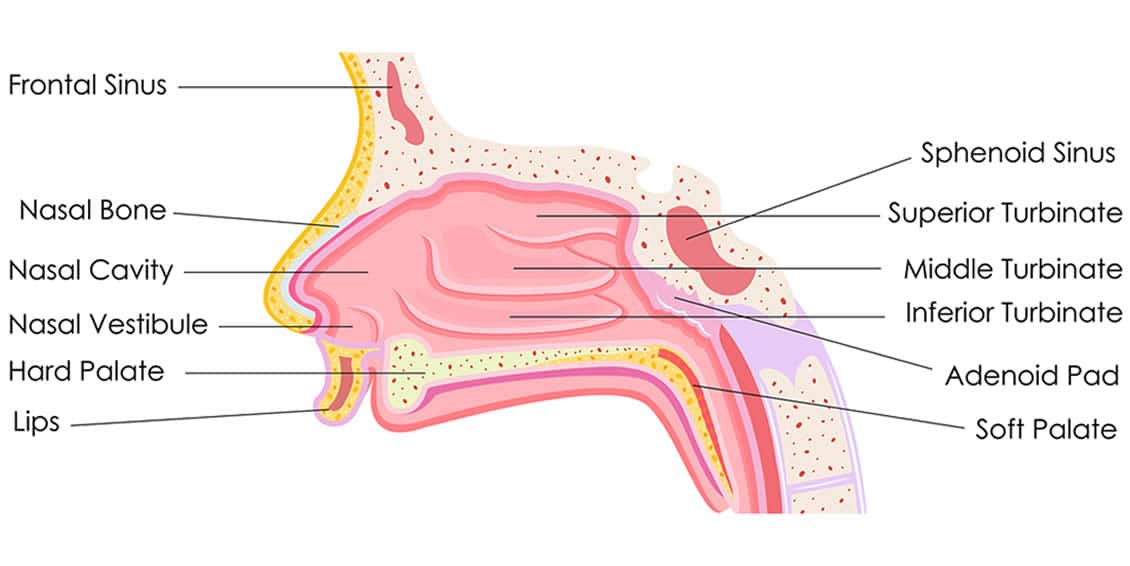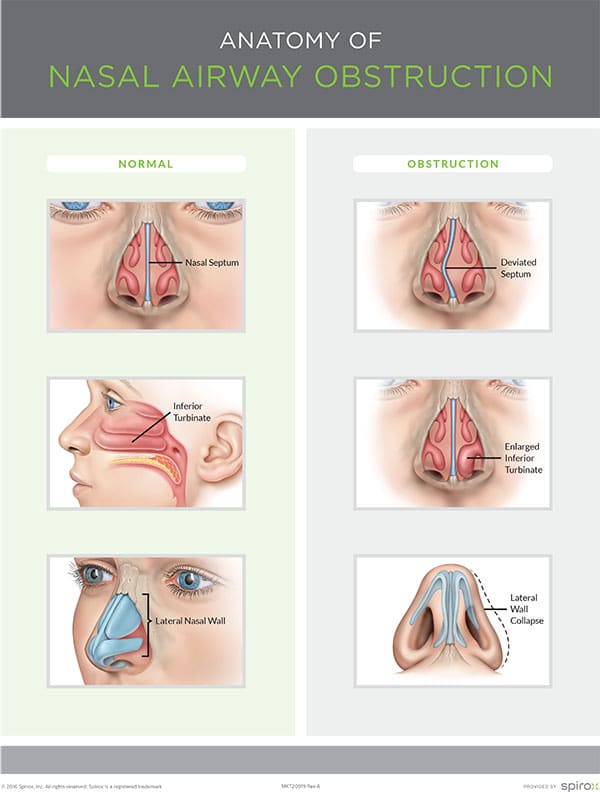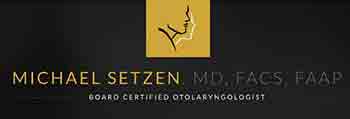Turbinate Surgery in Nassau County & Long Island, NY

Turbinate reduction is a surgical procedure to reduce the size of one or more of the small curved bones in the nose, known as turbinates, in order to open clogged nasal passages and improve breathing. There are three pairs of turbinates in the nose, classified as inferior, middle and superior. Their function is to warm, filter and humidify air as it circulates through the nose and into the lungs. Since they serve as filters, the turbinates help to protect the body from irritants and stave off infection.
Reasons for Turbinate Reduction

- Chronic nasal congestion
- Difficulty breathing through the nose
- Recurrent or chronic sinus infections
- Chronic nosebleeds
- Migraine headaches
- Sleep apnea
- Snoring
If traditional treatments, such as nasal decongestants, antihistamines, allergy shots and antibiotics do not resolve these problems, surgical intervention is usually recommended.
Schedule a Consultation Today
Turbinate Reduction Procedure
Turbinate reduction is frequently performed in conjunction with corrective surgery for a deviated septum, known as a septoplasty. Turbinate reduction may be performed using a few different surgical methods, depending on the patient’s overall medical condition and the nature of the problem.
Turbinectomy
During a turbinectomy, either part or all of the inferior turbinate is removed. This surgery may be performed with or without the assistance of an endoscope, a flexible illuminated tube inserted into the nose. A turbinectomy is performed under general anesthesia with the use of a microdebrider, an instrument combining a small rotary blade to shave the tissue and a suction device to clear it away.
Turbinoplasty
During turbinoplasty, the affected bones may be repositioned within the nose, a technique called outfracture. Outfracture is usually performed with some shaving of excess tissue.
Radiofrequency Coblation
Radiofrequency coblation make use of an endoscope inserted into the patient’s nose. Radiofrequency energy is used to shrink the turbinate to a healthier size. This procedure is minimally invasive and may be performed in the doctors office using local anesthesia. If the turbinate regenerates, this relatively simple procedure may be repeated at a later date.
It may take up to 2 months to heal completely after any of the turbinate reduction procedures.
See What Our Patients Are Saying!
“The staff and Dr Setzen were extremely patient and kind to my son. Dr Setzen explained all findings thoroughly and explained necessary procedures that would be needed to address my son’s condition. He also suggested to have second opinion if we felt it was warranted which made me feel he was very trustworthy. He performed an Adenoidectomy, Frenectomy and resection of Turbinate’s at the Ambulatory Surgical Center at Northwwell Manhasset. Dr Setzen explained everything in detail to my son, me and my husband before the surgery. He made sure he was comfortable and answered all of his questions. The OR staff were also very kind and efficient. I was able to walk him into the OR and stay with him until the anesthesia was administered. This alleviated all of his and my pre-op fears. The surgery was done in less than an hour. He had a mild sore throat that day in which Tylenol worked. Minimal nasal drainage. He was able to go to his friends pool party two days later with no problems. We had follow up one week later at Dr Setzens office with no complications. Our speech therapist said “The Doctor did a great job” Overall great experience. As a Mom and a registered nurse for 27 years, I would have to say that Dr Setzen has to be one of the Best ENT surgeons that I have ever known. When I asked the other nurses I worked with about him, they all said the same thing “Your son will be in the best of hands”. Thank you Dr Setzen and staff, Mary Stallone (P.J.’s Mom)”
– August 28th, 2018
To view or read more patient testimonials, click here!
Risks of Turbinate Reduction
While turbinate reduction in any of its forms is a safe procedure, surgery always involves an element of risk. Patients undergoing any surgical procedure may be at risk of the following:
- Bleeding
- Nasal congestion for 2-5 days
- Infection
- Regrowth of turbinate tissue
After turbinate reduction surgery, some individuals may experience a change in their sense of smell.
Recovery from Turbinate Reduction
Since turbinate reduction surgery can be performed as an outpatient procedure, recovery is usually relatively short. There is no visible scarring since the surgeon operates through the nose, although there may be some minimal swelling or bruising which will disappear quickly. The patient may experience some facial pain which can be relieved with pain medication. The nose may feel clogged until the swelling goes down. Although the surgeon uses electrocautery to seal off the wound after surgery, nasal packing may be necessary to stem excessive bleeding. This packing, which the patient may find uncomfortable, is removed soon after the surgery.
There may be more than usual nasal secretion for a few weeks, possibly tinged with blood. Patients are advised to use a saline nasal spray to keep the area clear and well-irrigated. Most patients can resume a limited routine after two to five days and experience a full recovery after one week.
Follow-up visits with Dr. Setzen are necessary to make sure that the nasal cavities are kept clean and that healing is proceeding well. After turbinate reduction, patients are advised to avoid:
- Heavy lifting or bending
- Vigorous nose blowing
- Medications that may promote bleeding
- Smoke, dust or fumes
Once the swelling goes down and healing is complete the patient’s quality of life should be greatly improved.




